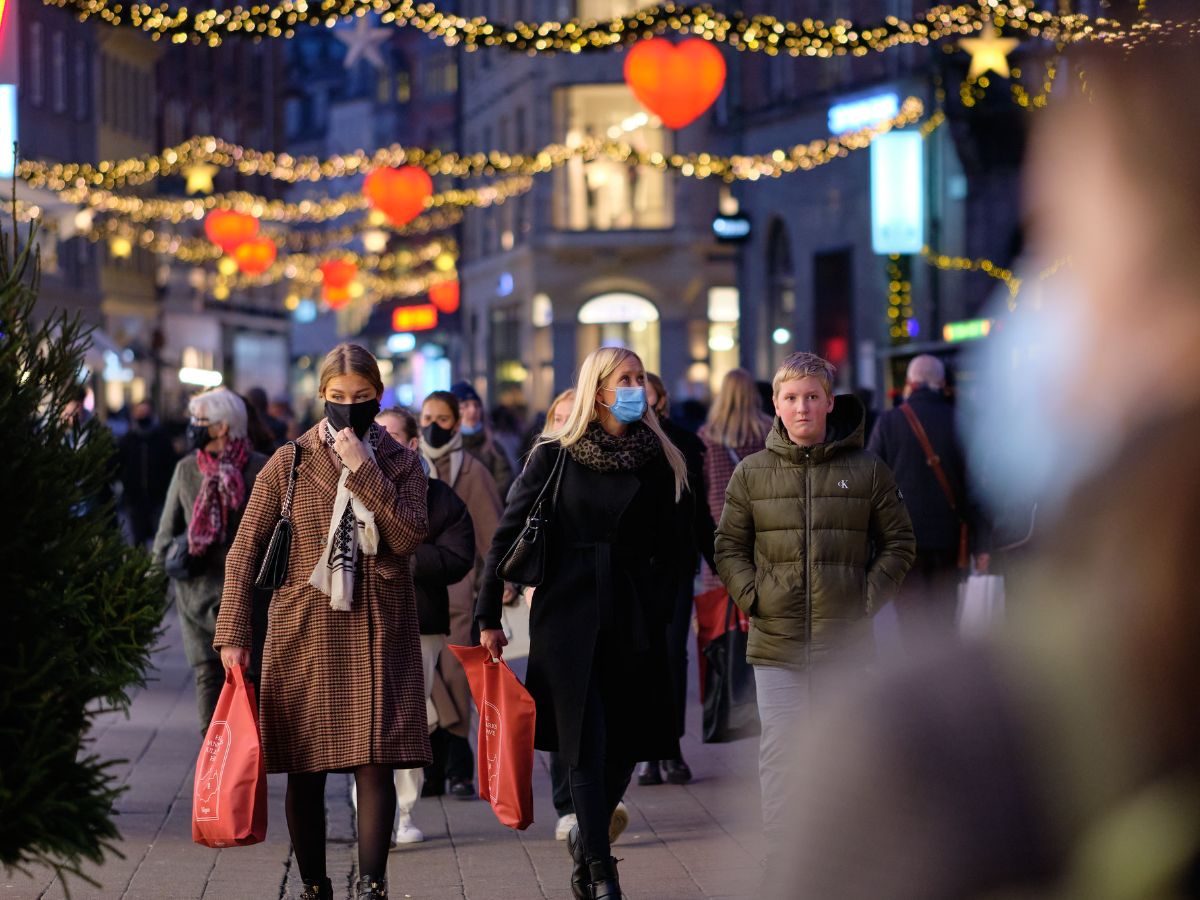
Throwback to early 2020: The COVID-19 pandemic is gradually making its way throughout the world, shutting down countries one by one as it dangerously comes closer to the United States. Then, a seemingly new concept starts to pop up everywhere from statements by scientists and world leaders to catchy headlines: herd immunity. The premise for herd immunity is pretty straightforward: If enough people gain immunity against the coronavirus – either through inoculation or after getting infected – then the virus would simply run out of people to infect, and the pandemic would slowly fade away. What that percentage of population needed to reach that threshold of herd immunity is changed throughout the pandemic. The estimate around then was that if about 70 percent of the population was immune to the virus it would be enough to get herd immunity. Some experts even suggested that that number could drop as low as 20 percent.
Obviously, something has changed. Because now, the consensus among experts and scientists seems to be that herd immunity would not only require a much higher percentage than that 70 percent, but it’s also not likely to be reached any time soon. The short answer to what exactly has changed is a combination of falling vaccination rates, unyielding and widespread vaccine hesitancy, and the spread of new, highly contagious, variants.

These new variants’ contagiousness throws off the initial calculations we made for herd immunity. Take the B.1.1.7, for example, which was first identified in Britain. This version of the virus is estimated to be about 60 percent more transmissible than the original version. As Apoorva Mandavilli explained for the New York Times Daily, “Herd immunity is calculated, the formula, based on the contagiousness of a virus. Very basically, when you increase the contagiousness of a virus, then herd immunity goes up.”
As the new variants got more and more contagious, the threshold for herd immunity rose and experts now believe at least 90 percent of the U.S. population would need to be immune to reach herd immunity. As of May 17, 37 percent of Americans are fully vaccinated and about 47 percent have received at least one dose. While the U.S. has more than enough vaccines at their disposal, they also seem to have the highest rates of vaccine hesitancy.
While this may sound depressing for those of us that were hoping to reach that number to end the pandemic, scientists say that herd immunity shouldn’t be the focus right now. Some experts even believe herd immunity is not necessary at all to end the coronavirus pandemic.
“People were getting confused and thinking you’re never going to get the infections down until you reach this mystical level of herd immunity, whatever that number is,” Dr. Anthony S. Fauci told the New York Times. “That’s why we stopped using herd immunity in the classic sense,” he added. “I’m saying: Forget that for a second. You vaccinate enough people, the infections are going to go down.”
That is what many experts say: Forget herd immunity. The key to transforming the virus into a manageable threat is to get as many people as possible vaccinated. Even if a percentage of the population still refuses to get inoculated, getting as many people vaccinated as possible will still help drive down COVID-19 cases, hospitalizations, and, ultimately, deaths, which is essential for this country to move forward.
So what will it look like to live with the coronavirus still around? To answer this question, experts suggest looking at the flu or measles as examples. We will most likely witness regular outbreaks of the COVID-19 virus in parts of the country that have low vaccination rates. It will continue to circulate in the U.S. for a couple more decades but in smaller numbers. Not only the more people vaccinated the more protected they and their community are, but also the less of a chance the virus gets to mutate into a stronger version of itself.
Looking ahead, we can already expect a second wave – and potentially a third – of vaccines. Science writer Carl Zimmer told CBSN that the New York Times was currently tracking close to 80 vaccines in clinical trials and dozens more in pre-clinal trials. This next generation of vaccines might come in the form of nasal sprays, pills, boosters, as well as new vaccines tailored for the new variants. Within a few months, we will start seeing new vaccines coming into the mix – potentially helping reduce some of the vaccine hesitancy.
“Every vaccination gets us a step closer, every vaccination makes our community, our society a safer, healthier place,” Lauren Ancel Meyers, a professor at the University of Texas at Austin and head of the university’s COVID-19 Modeling Consortium told NPR.


